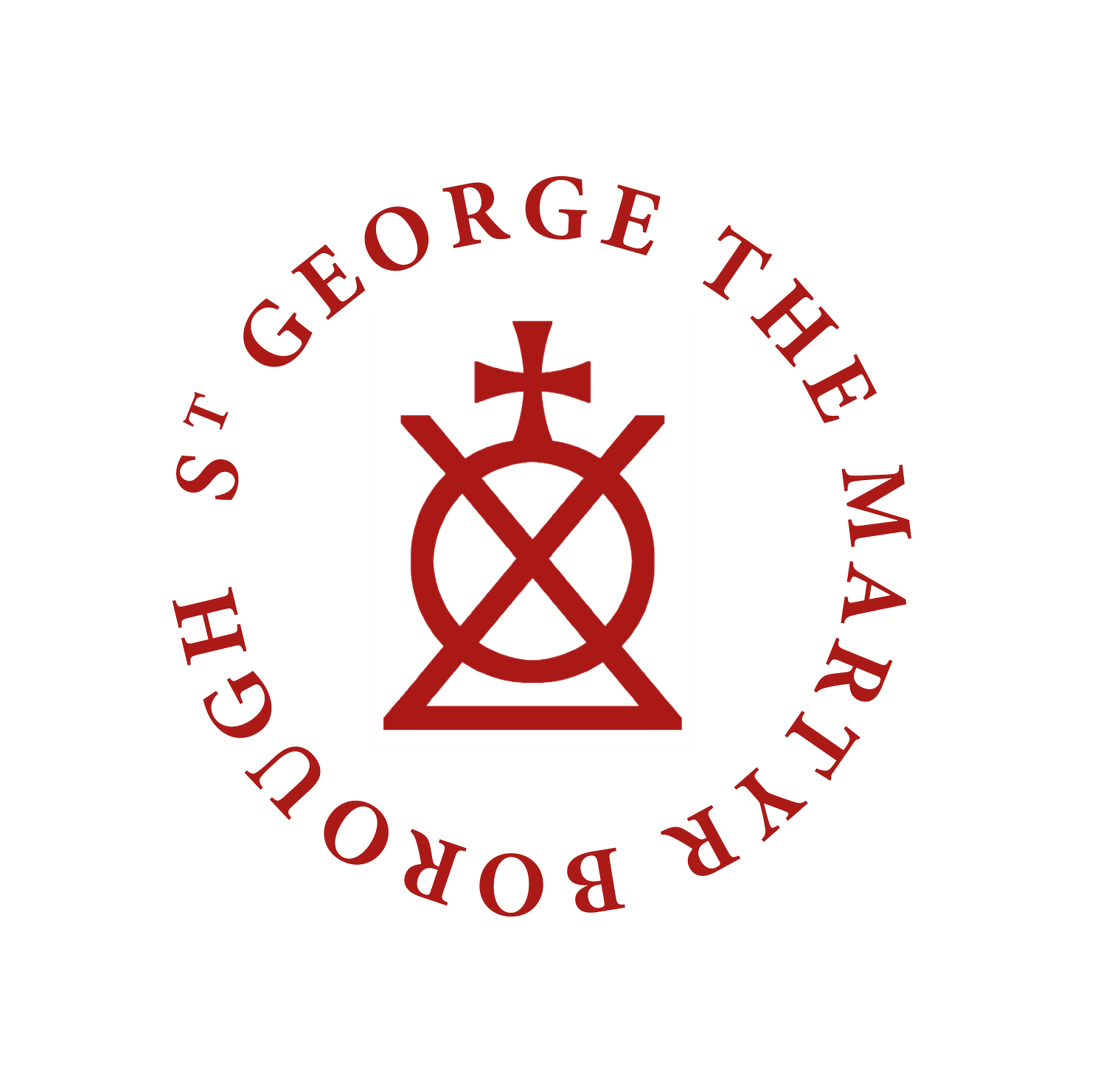Ceiling and Windows
The original ceiling was less decorative than the current one, with simple geometric designs and decoration. In 1806-08, it was repainted by J.F Rijaud. In 1897, the current ceiling designed by Basil Champneys was installed. This coincided with a general decoration of the church, making the internal fabric more ornate and decorative. Concerns about the safety of the ceiling were raised in the 1930s, as shown in the architectural report made in preparation for restoration in 1938. Plans to restore the ceiling had to be put on hold due to the Second World War, when the ceiling received more damage. Finally, the ceiling was taken down and recast in 1951, and repainted in 1965 as the PCC wanted the angels to look more ‘alive’. The chandelier also dates from the post-second world war restoration.
The east window of the 1736 church was made from plain glass except for the Royal Arms. This window was replaced at some point with a decorated window showing Christ in Majesty.
The current east window, designed by Miss. Marion Grant, was installed in June 1951. Proposals for a new window were began to be discussed straight after the end of the Second World War in 1945. The aim of the PCC was to have the new window in place for the Festival of Britain, a national exhibition held in the summer of 1951, in part to attract Dickens enthusiasts to St. George the Martyr. For the same reason, but also to permanently commemorate the connection between the church and Charles Dickens, the PCC requested that the design include a figure of ‘Little Dorrit’. The window was installed in 1951, and during this groups of parishioners came to view the installation.
The only pre-Second World War window to survive is the window of St. George on the southern wall, which was brought from Hanwell Residential School in 1933 due to the school’s closure. At the school, the window was installed as the 1914-1918 war memorial and it was felt that due to a large majority of the school’s students coming from Southwark, St. George the Martyr would be a suitable new location for the window. This window was repaired in 1950, with repair costs being paid for by old pupils of Hanwell School. Heavy coloured glass was removed from around the figure of St. George and lighter coloured glass installed. This window was dedicated as the Remembrance window for all those killed in the First and Second World Wars. Wreaths are laid at it and the last post played every year at the Remembrance Service in November.


